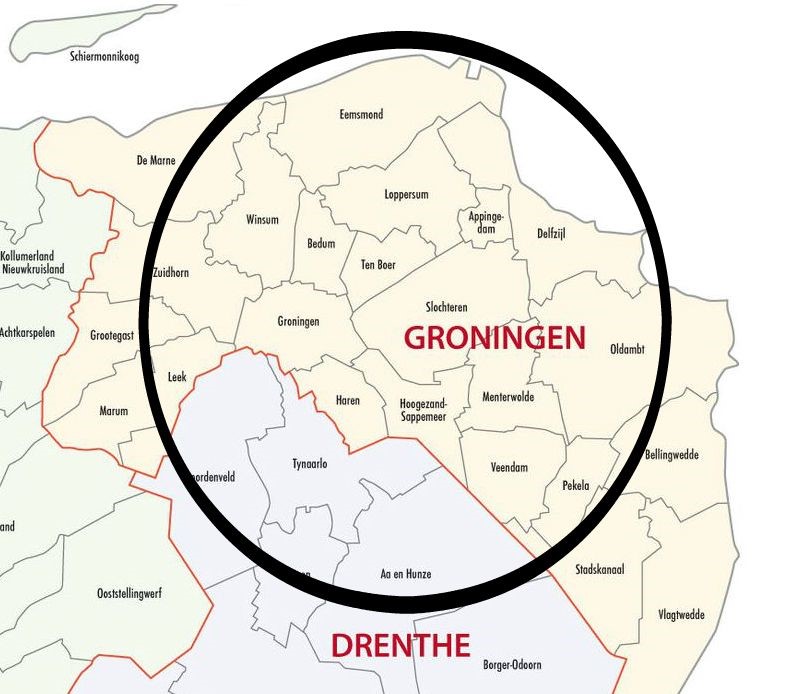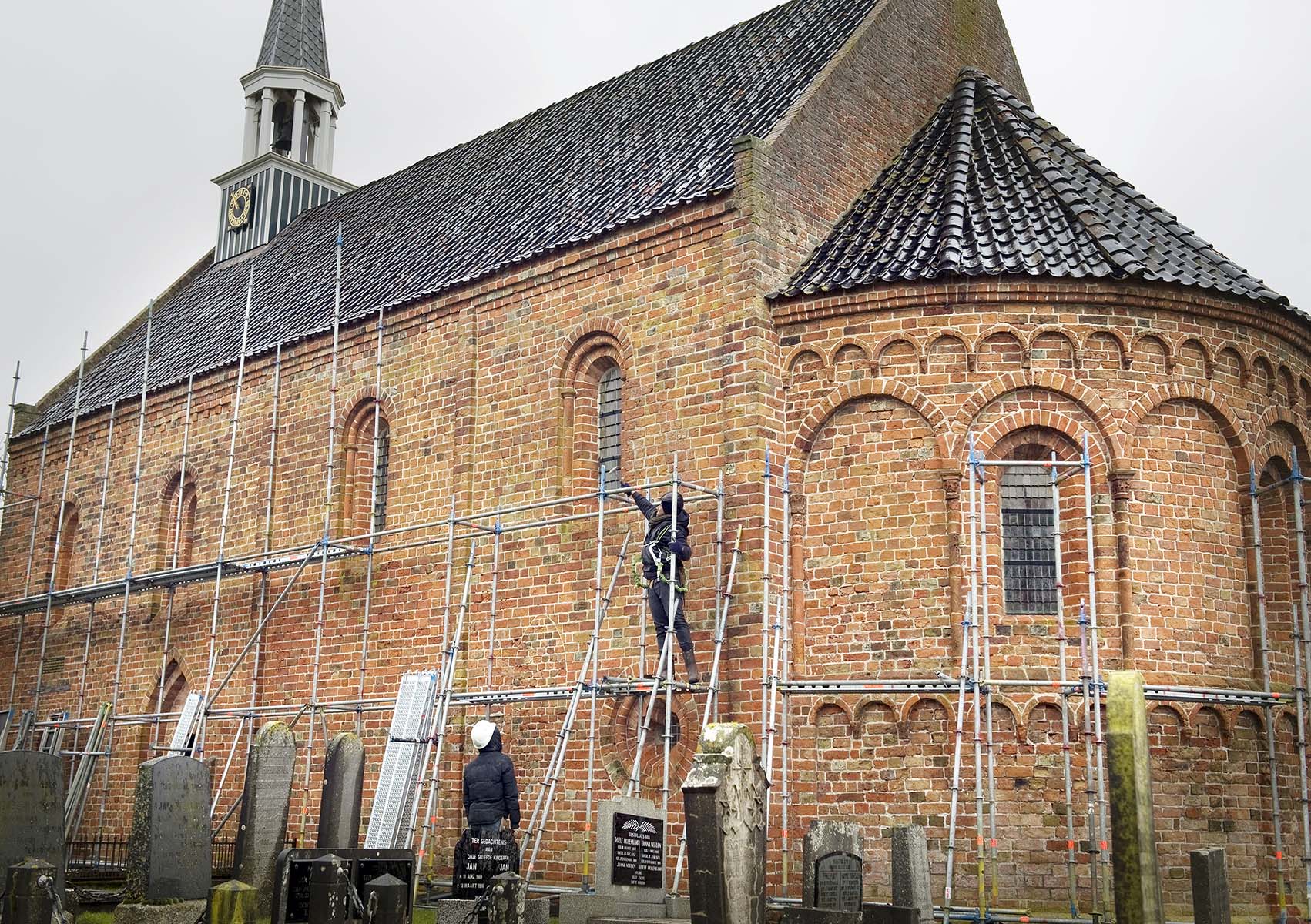House prices in earthquake area fall on average by 9.3%

The price of homes in the Groningen earthquake area fell by an average of 9.3% until 2015. This is the conclusion of PhD student Nicolás Durán and Professor of Spatial Econometrics Paul Elhorst from the University of Groningen. They analysed data from NVM, the Dutch organization of estate agents and appraisers, on all homes sold in the provinces of Groningen, Friesland and Drenthe for the period 1993-2014.
Durán and Elhorst used a seismological model to measure the impact of the earthquakes. For each home they looked at how many centimetres per second of ground motion it experienced until the point of sale. The homes that experienced most ground motion (over 25 cm/s) were found to have fallen in price by 27% by 2015. To give some idea: an earthquake that can be felt has a ground motion of 0.5 cm/s. The homes that experienced just over 4 cm/s of ground motion fell in price by 1%. No significant effect was found on house prices here. The average drop in prices until 2015 was 9.3%.
Much larger earthquake area
The earthquake area determined by the researchers was much larger than the one determined by the government. It was also larger than the area that earlier policy studies by Ortec Finance, Statistics Netherlands and the Atlas for Municipalities are based on. Alongside most municipalities in the province of Groningen, three municipalities in the province of Drenthe belong to the earthquake area, say Durán and Elhorst. Elhorst: ‘The municipality of Groningen and the three northernmost municipalities in Drenthe do not belong to the government’s earthquake area. But our statistics show that earthquakes also caused depreciation in these municipalities.’

Link between depreciation and damage
The researchers also conclude that there is a link between depreciation and the amount of reported physical damage until 2015. The results show that the less damage reported in a municipality the less depreciation there was. It was also easier to sell homes in places with less reported damage.
| Place | Damage reports | Homes sold | Averege depriciation |
|---|---|---|---|
| Loppersum | 3305 | 46 | 22,2% |
| Veendam | 335 | 122 | 5,0% |
| Leek | 25 | 7 | 2.0% |
Depreciation spreads like a virus
Durán and Elhorst also looked at when the earthquake problem took hold. The first significant effect on house prices was found in 2009 when the price of 321 homes above a threshold of 7.5 cm/s of ground motion dropped by 3.0% on average. The problem has spread like a virus since. The threshold has dropped from 7.5 to 4.0 cm/s and the earthquake area and thus the number of homes affected has increased, as has the level of depreciation.
Economic business cycle and population decline
Durán and Elhorst also checked their results for economic business cycle effects and population decline. They also took into account how estate agents base house prices on the price, features and environment of comparable houses. Earlier policy studies into the earthquake problem did not take this into account. This, say the researchers, is one of the reasons why their research finds a higher level of depreciation than previous policy studies do.
More information
- Contact: Professor J.P. (Paul) Elhorst
- Download the full report: https://www.rug.nl/feb/research/som-research-reports/som-research-reports-2018/2018007-eef-def.pdf

More news
-
09 December 2025
Are robots the solution?
-
10 November 2025
Decentralization of youth care
